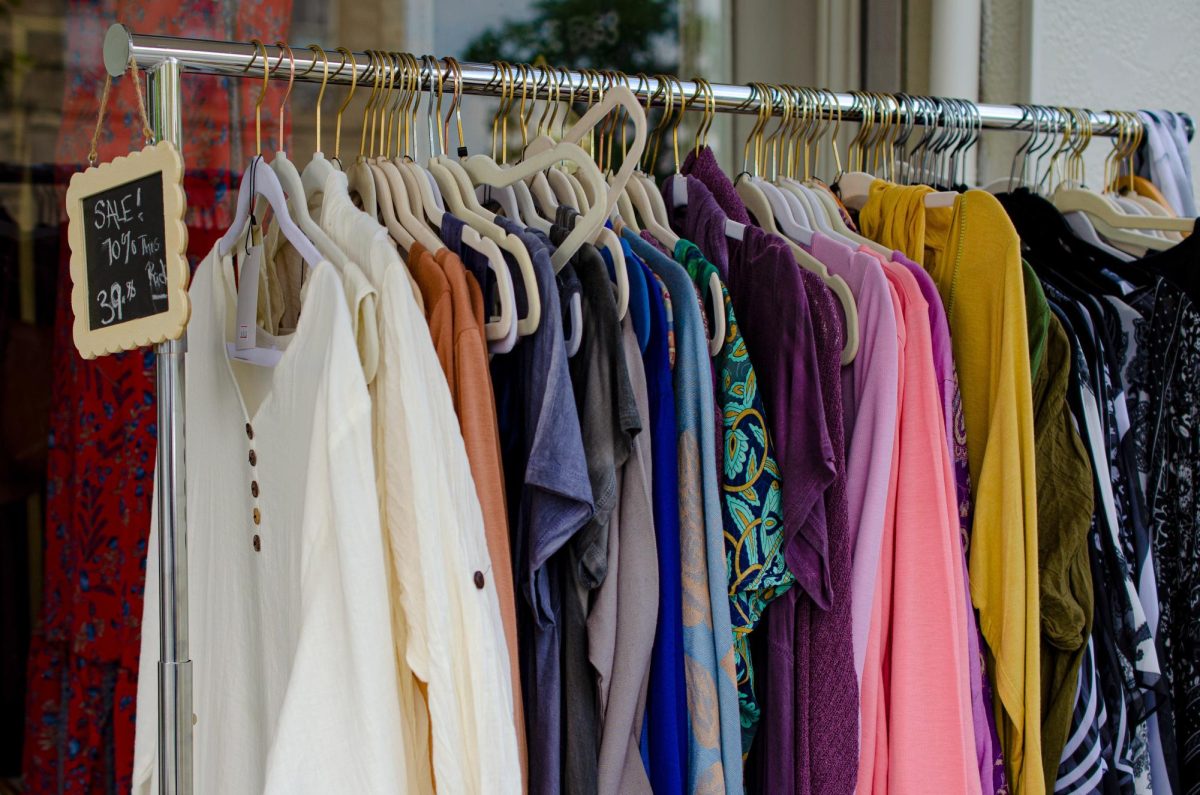As prices for life grow higher, people start looking for more affordable options. They also start looking for ways to make a little
extra money. Thrifting, at first, seems like the perfect solution; you can buy things for cheap and sell them to make a little money. Thrifting is shopping at thrift stores. It can be a great way to find clothes for decreased prices. If you appreciate vintage fashion, thrifting is an especially good activity to partake in. Reselling is buying items at lower prices at thrift stores and charity shops and selling them to make a profit. Most resellers use apps like Poshmark or depop to sell their purchases. At first glance, reselling doesn’t seem like a big
deal. But if we look deeper, what issues are being furthered by rampant reselling? Why is reselling a problem? In some cases, it’s not! If you have clothes that you no longer find yourself wearing, by all means, do whatever you want with them. Buying clothes at a thrift store with the intention of selling them is the problem. It’s taking clothes from someone else who may not have been able to afford that item at its regular price, only to upcharge and sell something you bought for $5 for $50. Thrift stores are catching up to this trend as well. Prices on clothing, especially high quality or designer items, have gone up considerably. Marketing is becoming more geared towards resellers, leaving the people who actually need
thrifted clothes behind. The whole reason that thrift stores and charity shops exist is to provide clothing to those who have financial trouble. We shouldn’t be taking opportunities and clothes from those who need them. If you can afford to invest in pieces that will last a long time, that is a good idea for you. If you need less expensive alternatives, that is what thrifting is for.
Categories:
How Reselling Impacts Thrifting
Liliana Liedke, Staff Writer
December 21, 2023
Photo via Unsplash
1
More to Discover




















